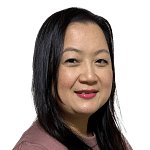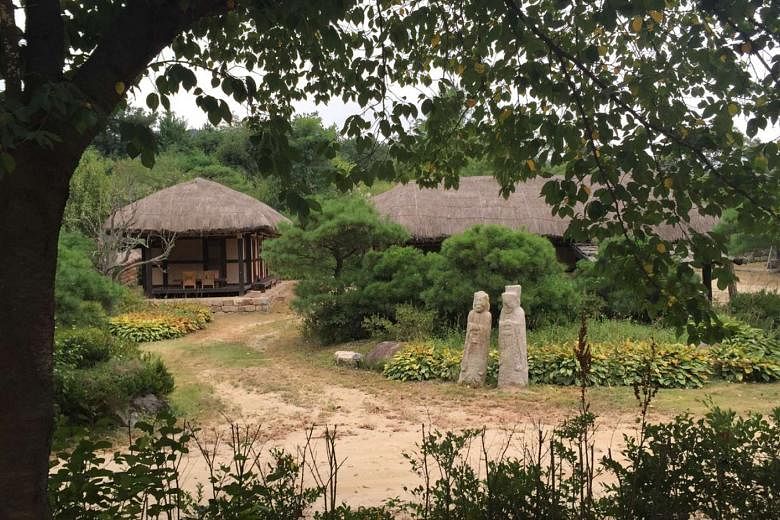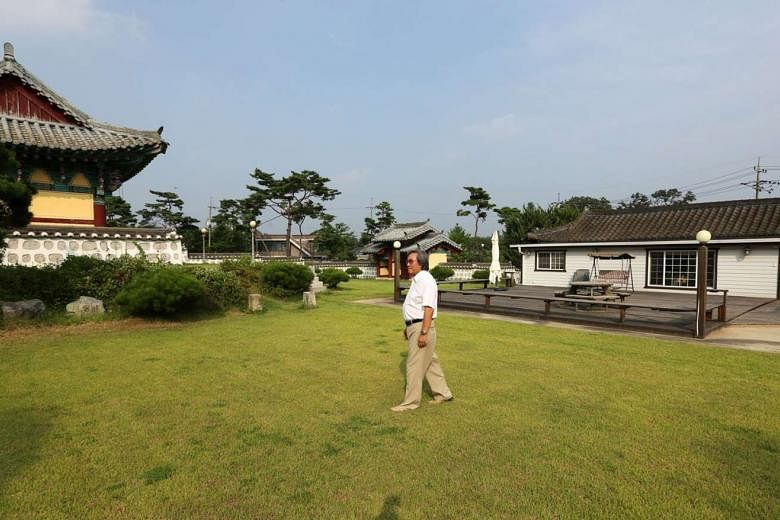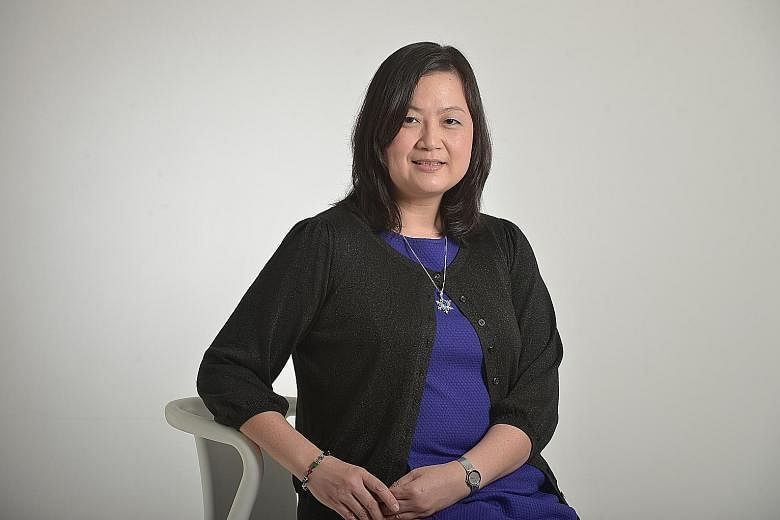ANDONG • Mr Ryu Sang Poong, 65, lives in a piece of history.
For him, home is a 600-year-old tiled-roof hanok (Korean traditional house) made of wood and stone with paper windows, overseeing a huge courtyard - the kind you see in Korean period dramas.
His is the first and oldest house in Hahoe Village, a Unesco World Heritage Site visited by Britain's Queen Elizabeth II in 1999. It is located in Andong, capital city of South Korea's eastern province of North Gyeongsang.
Most of Mr Ryu's neighbours, from retirees to farmers and small business owners, are also Ryus. About 70 out of the 100 households there are descendants of the Pungsan Ryu clan, which is famous for having produced two great men - a Joseon dynasty (1392-1910) prime minister and a Confucian scholar.
Like other youths before him, Mr Ryu moved out of the village to attend school and to work. He lived in Ulsan city, 126km south-east of Andong, for 27 years with his wife and two sons.
But after retiring in 2006, the 22nd descendant of the first Pungsan Ryu returned to take over the family house from his mother and oversee ancestral rites.
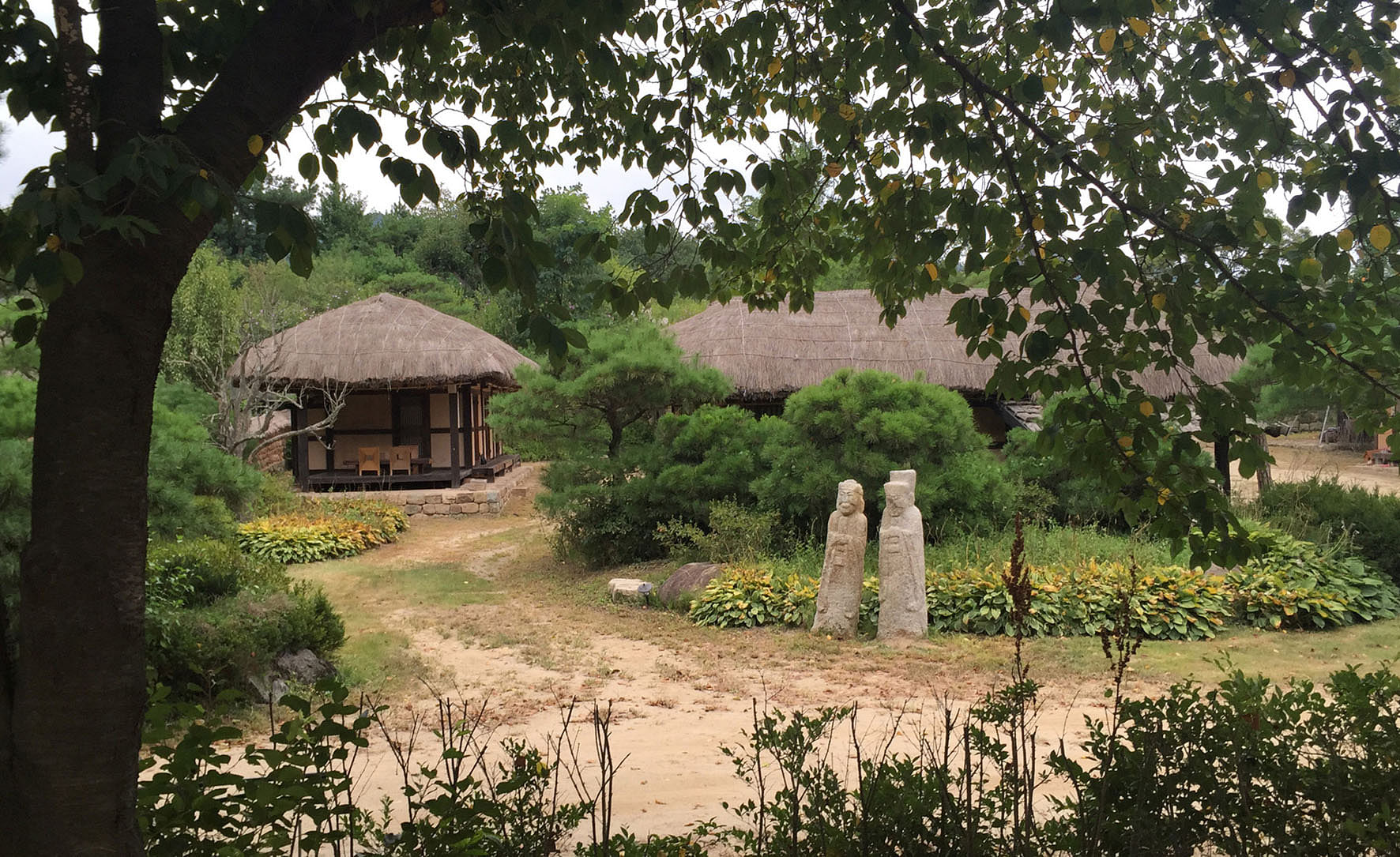
Mr Ryu, the changson, or eldest grandson, of his clan, said he had no choice because "it is (his) destiny" to inherit the family house.
"We can't possibly throw away a 600-year-old piece of history, so I came back to live here," he told The Straits Times at the well- maintained house, which draws a steady stream of visitors and tourists because of its Unesco status.
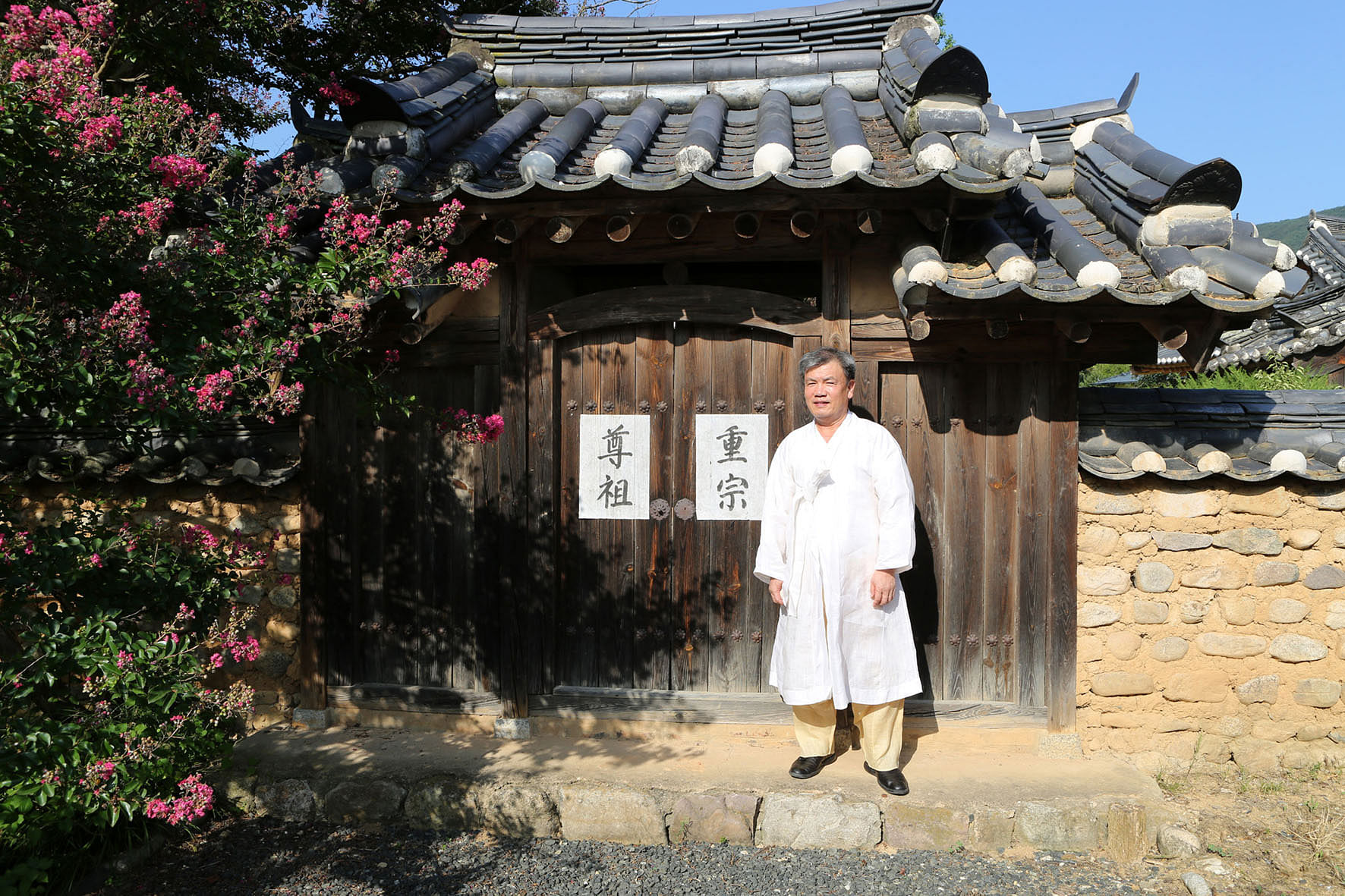
Traditions die hard in South Korea, where there are over 4,000 family clans which upkeep customs passed down for many centuries, from as early as the Silla dynasty (57BC-AD935).
The country may have developed swiftly after the 1950-53 Korean War to become one of the world's most wired and technologically advanced, but many clan members still live a traditional life in hanoks inherited from their ancestors, mostly renowned Confucian scholars and court officials.
They help keep a slice of the country's heritage alive, despite the challenges posed by 21st-century commitments and distractions.
Besides preserving their ancestral homes, clan members also safekeep family heirlooms, valuable books, time-tested traditions, and genealogical records called jokbo. Elaborate ancestral rites are held several times a year to honour one's forefathers.
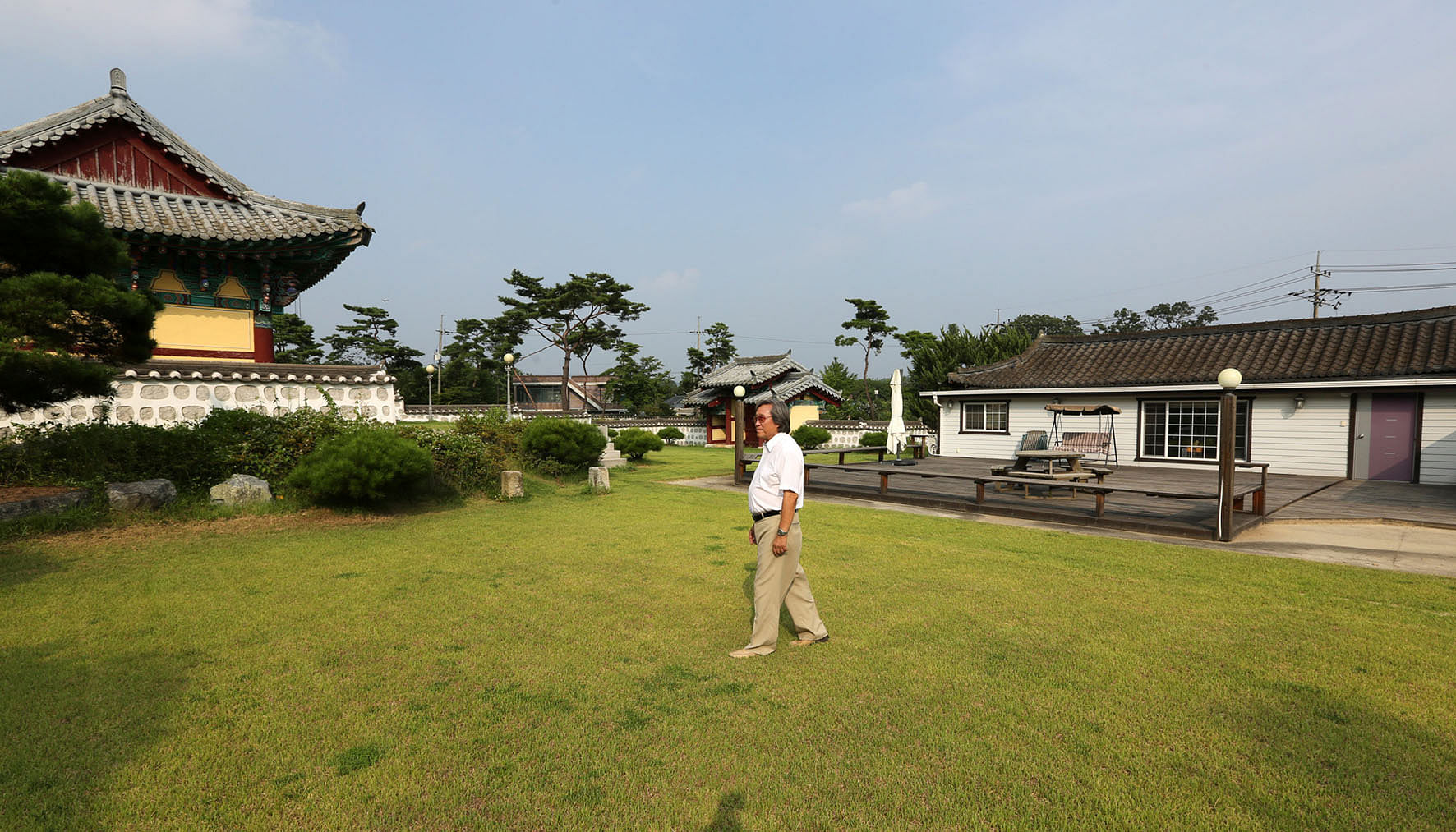
At least seven such clans are based in Andong - Andong Kim, Andong Kwon, Andong Jang, Andong Son, Pungsan Ryu, Pungsan Hong and Pungsan Kim.
-
Descendants of K-clans
-
SYNGMAN RHEE
A descendant of the Jeonju Lee clan which founded the Joseon dynasty (1392-1910), Mr Syng- man Rhee (also known as Lee Seung Man) became South Korea's first president in 1948. He was re-elected after the 1950-53 Korean War, but was overthrown in 1960 after a student-led revolution. He went into exile in Hawaii and eventually died there in 1965, aged 90.CHUNG JU YUNG
Mr Chung Ju Yung, who hails from the Hadong Chung clan, is founder of the Hyundai group. Born in the village of Asan that is now part of North Korea, he started working as a labourer in Seoul before founding a construction company that would become one of South Korea's biggest conglo- merates, with key businesses in car manufacturing, shipbuilding and retail. In 1988, he delivered 500 head of cattle to North Korea to help his hometown, opening up a short period of warm relations between the two Koreas. He died in 2001 at age 85, leaving his children to run the Hyundai empire.RYU SI WON
Born in Andong, actor-singer Ryu Si Won, 43, is a 14th-generation descendant of Ryu Seong Ryong, a Joseon dynasty prime minister from the Pungsan Ryu clan. He became a Hallyu star after his 2001 drama Beautiful Days was aired in Japan, Taiwan and Singapore, and fans turned up in droves to visit his family house in Hahoe Village. In 1999, he hosted the visit of Britain's Queen Elizabeth to the village.Chang May Choon
Pungsan is a town in Andong. Clan names are usually territorial, reflecting their place of origin.
Paju, a city north-west of Seoul, contains clan villages belonging to the Hwangs and Yuns.
ROYAL LEGACY
Clans in South Korea flourished during the royal era, producing numerous esteemed scholars, court officials and queens, and winning admiration and respect for their lineage.
The study of family clans can shed some light on why South Korea is dominated by a few surnames.
For a population of 50 million, there are only 286 surnames, according to the latest available data on family origins from the year 2000 population census. Half the population have one of these five surnames: Kim (21.1 per cent), Lee (14.4 per cent), Park (8.2 per cent), Choi (4.6 per cent), and Chung (4.2 per cent).
Some of the rarer surnames registered include two-word ones such as Sagung (4,307 people), Seomun (1,861) and Dokgo (807). United Nations chief Ban Ki Moon, too, has an uncommon surname. According to figures from the year 2000, only 26,171 people have this surname.
The predominance of a small number of surnames is common in countries where Confucian roots run deep, such as China, where Wang, Li and Zhang are the most common surnames; Japan (Sato, Suzuki, Takahashi); and Singapore (Tan, Lim, Lee).
Nonetheless, the most common surname in these countries numbers only 10 per cent or less of the population.
Historians trace the proliferation of Kims to King Kim Suro, who founded the Garak Kingdom in AD42.
He started the Gimhae Kim clan, which multiplied and branched out into other sub-clans that spread all over the country over the next few centuries.
Today, the Gimhae Kim clan remains the largest among the 348 Kim clans, with 4.12 million members as of the year 2000. The Andong Kim clan is ranked fifth, with 425,000 members.
Likewise, the Lee clans grew in strength after a general named Lee Sung Gye founded the Joseon dynasty in 1392 and became its first king. He was a descendant of the Jeonju Lee clan, which went on to rule the country for 518 years and laid the foundation for modern Korea.
During the Japanese colonial era (1910-45), commoners who never had surnames were forced to get one. Most adopted Kim, Lee or Park, the three most common surnames already in use by aristocrats.
In recent decades, clans have started to lose prominence as young people move away from their hometowns to more exciting cities and lose interest in clans.
Most of the people still living in clan villages are above 60 years old. Many are in their 70s and 80s.
Mr Ryu said ancestral rites used to draw big crowds and those who did not turn up were scolded.
"Now only 50 people come, and I'm worried if we can keep the tradition going in the future," he said.
KEEPING THE FIRE BURNING
Things might change, however, if current clan leaders manage to evolve with the times and figure out how best to engage the younger generation.
Mr Kim Il Joo, 79, of the Yeonan Kim clan, lives in Wonju, a city in the north-eastern Gangwon province. He is not your typical changson.
The retiree spent 32 years in the United States as a taekwondo coach and counts the late gongfu legend Bruce Lee as a friend.
Married to a Caucasian woman with whom he has three daughters, Mr Kim returned to his hometown only in the mid-1990s to take over from his mother the running of the family estate and ancestral rites.
He has since given the family house a modern makeover, complete with a Western-style backyard and garage.
A self-professed free spirit, Mr Kim said his inter-racial marriage was a shock to many conservative clan seniors, but his wife, Karen, has proven that she can do an equally good job preparing elaborate food for ancestral rites.
As he does not have a male descendant, Mr Kim is considering adopting a son to pass on the baton.
He admitted that it is not easy to keep tradition going, but there has been a lot of discussion among the older generation on how to keep the fire burning.
The bottom line is "we are proud of our heritage", he said.
Myongji University emeritus professor of history Kim Wee Hoyun, who is also the chairman of the Andong Kim clan association, said that it is important to pass on key teachings of their Confucian scholar ancestors.
"To keep history alive, we emphasise moral education and teach respect. We have maintained a spotless reputation for 800 years, and that is our most treasured heirloom," he said.
Prof Kim, who lives in Seoul, has seen more clan members gathering to discuss clan activities.
"Looking at them, I think there is hope for our future," he said.
The Andong Kim clan's changson, Mr Kim Jung Ki, 62, is determined to keep the family torch burning.
The father of three runs an indoor tennis centre in the south-eastern city of Daegu.
But his heart is in his ancestral house in Andong's Seoksan Village, 78km away.
About 60 Andong Kim descendants and their families live in Seoksan, where their first ancestor, an imperial court official, settled and started the clan about 1,000 years ago.
Mr Kim is bound by obligation to return sooner or later to live in his family's centuries-old hanok and watch over his ancestors' tablets, which are kept in a shrine housed within the 2,300 sq m estate bestowed by a Joseon dynasty king.
"I was born as an important son of my family. I grew up (in the family house) and was educated by my father and grandfather who told me I need to be strong and take on an important role for the success of our family. It's my destiny," Mr Kim said.
He hopes to move back to the house within the next five years, after he marries off his two daughters.
"After that I'll be free from my role as father to my children and can do more as the important son of my family," he said.
